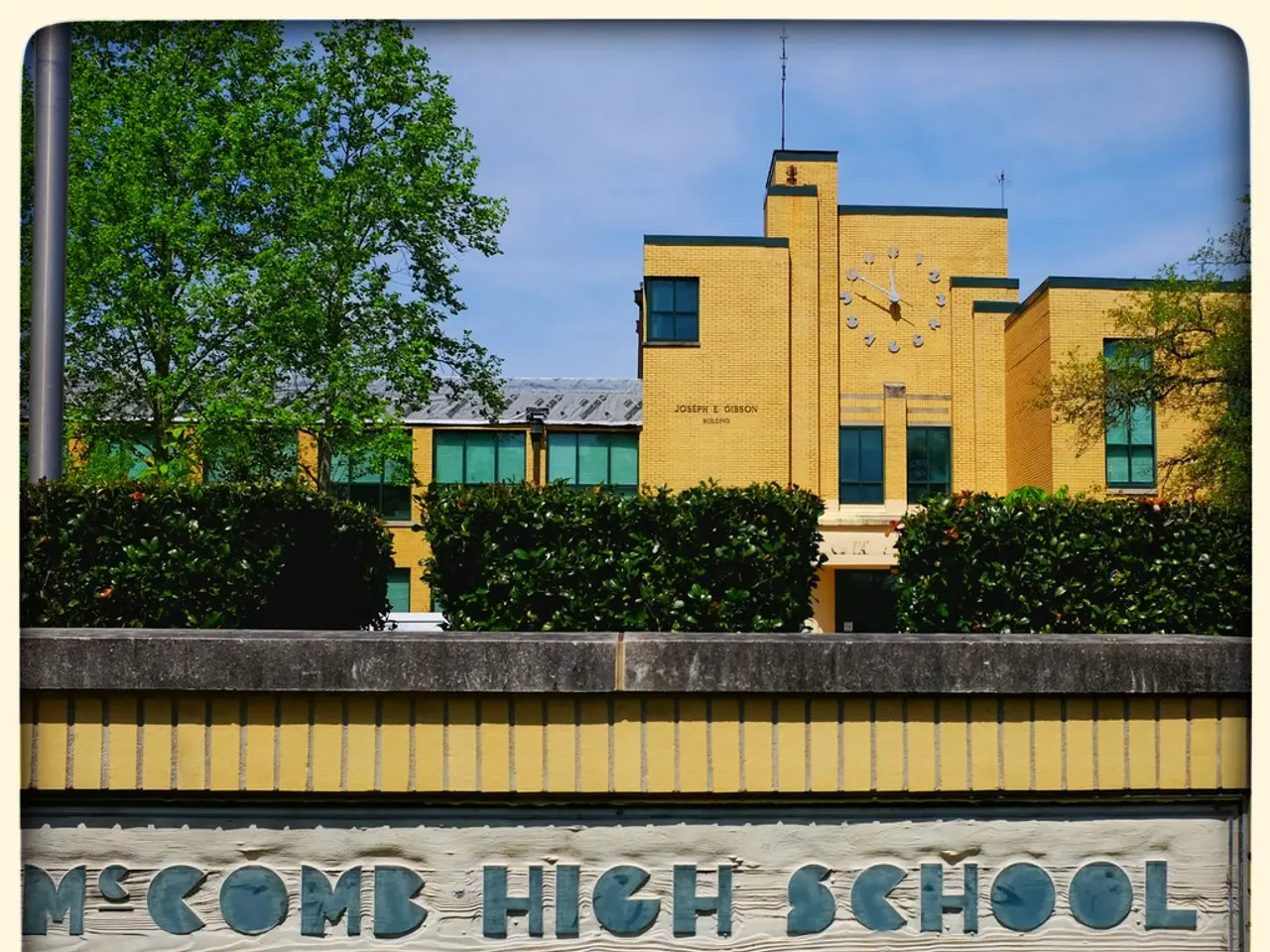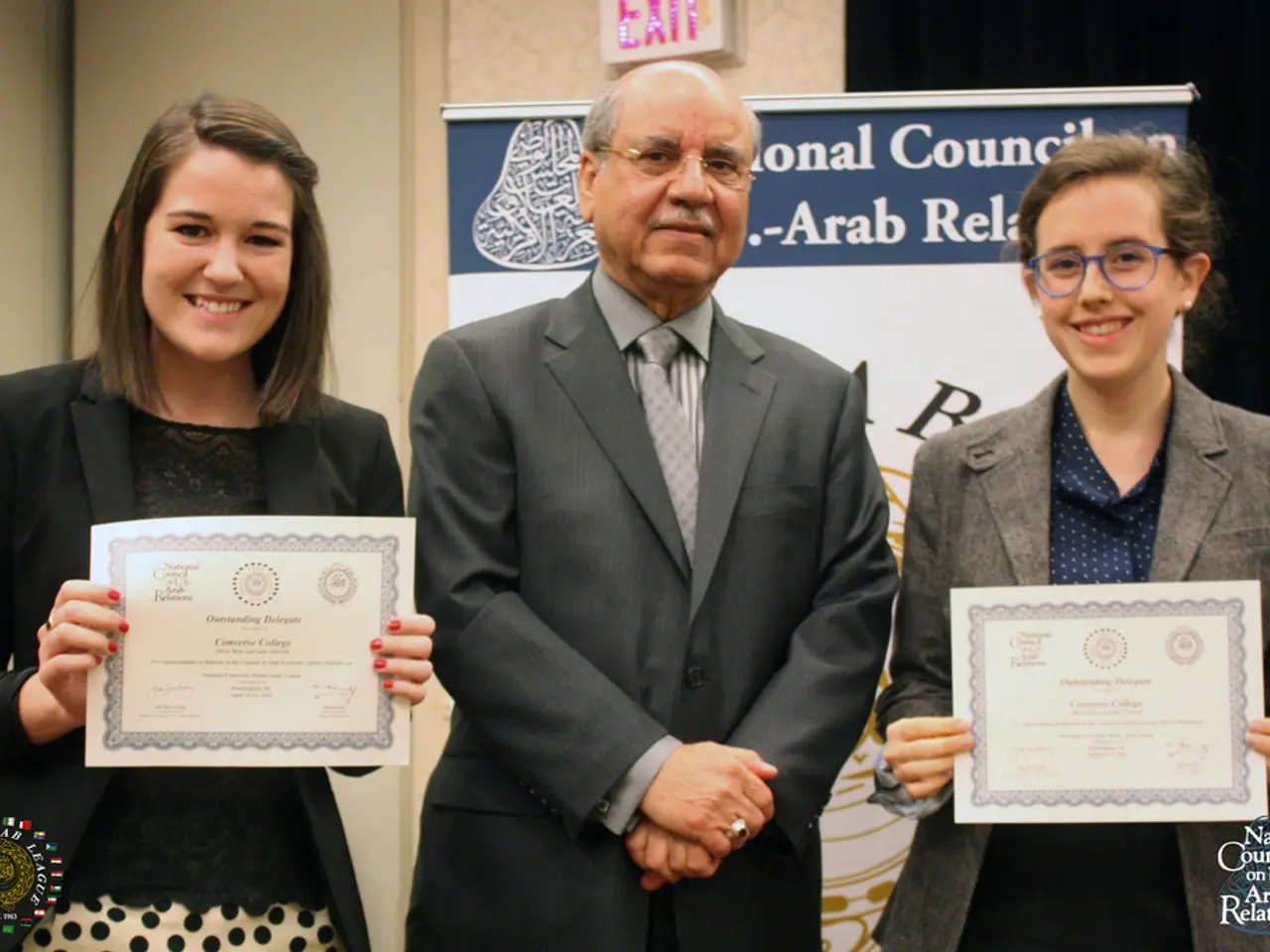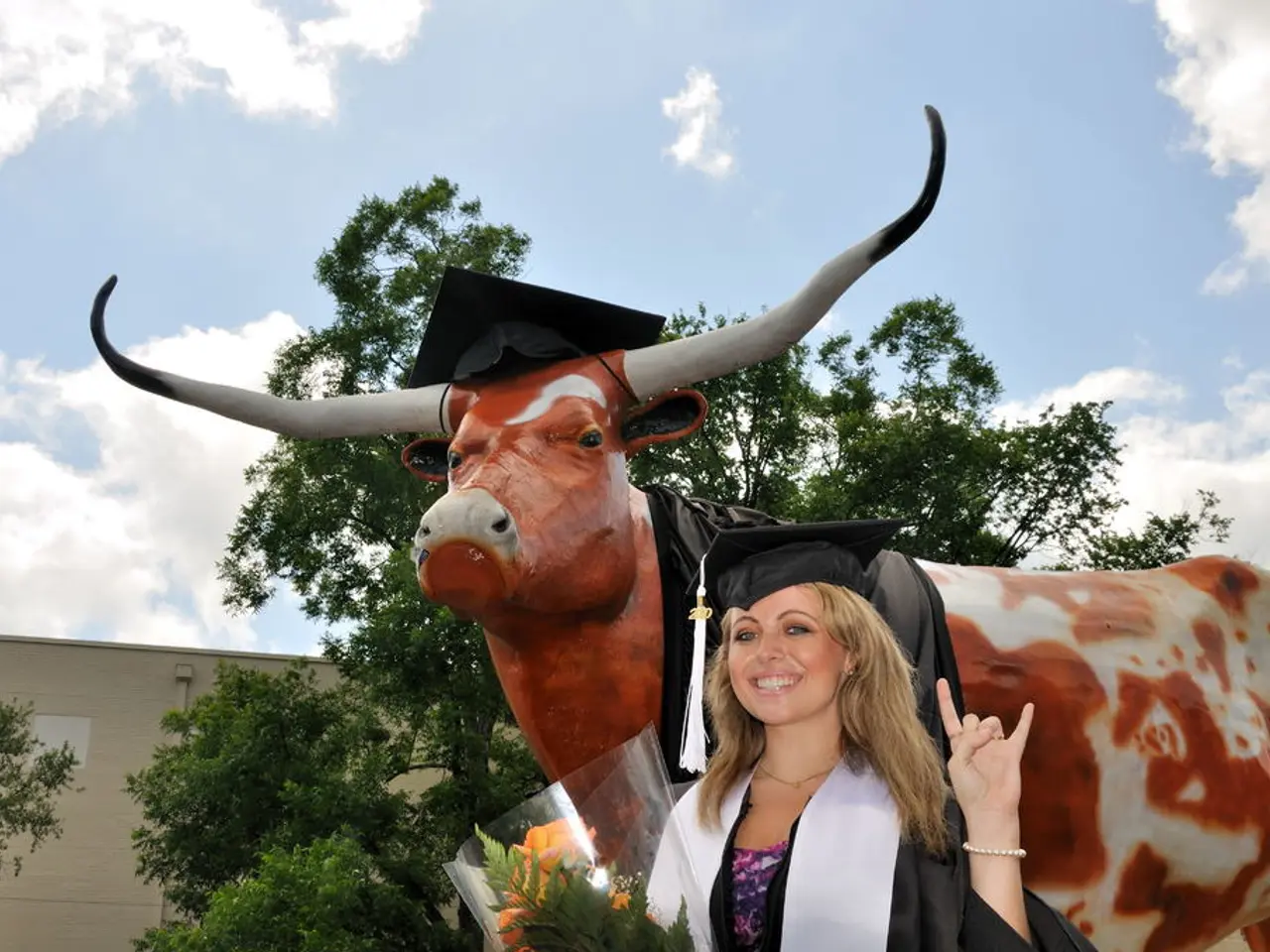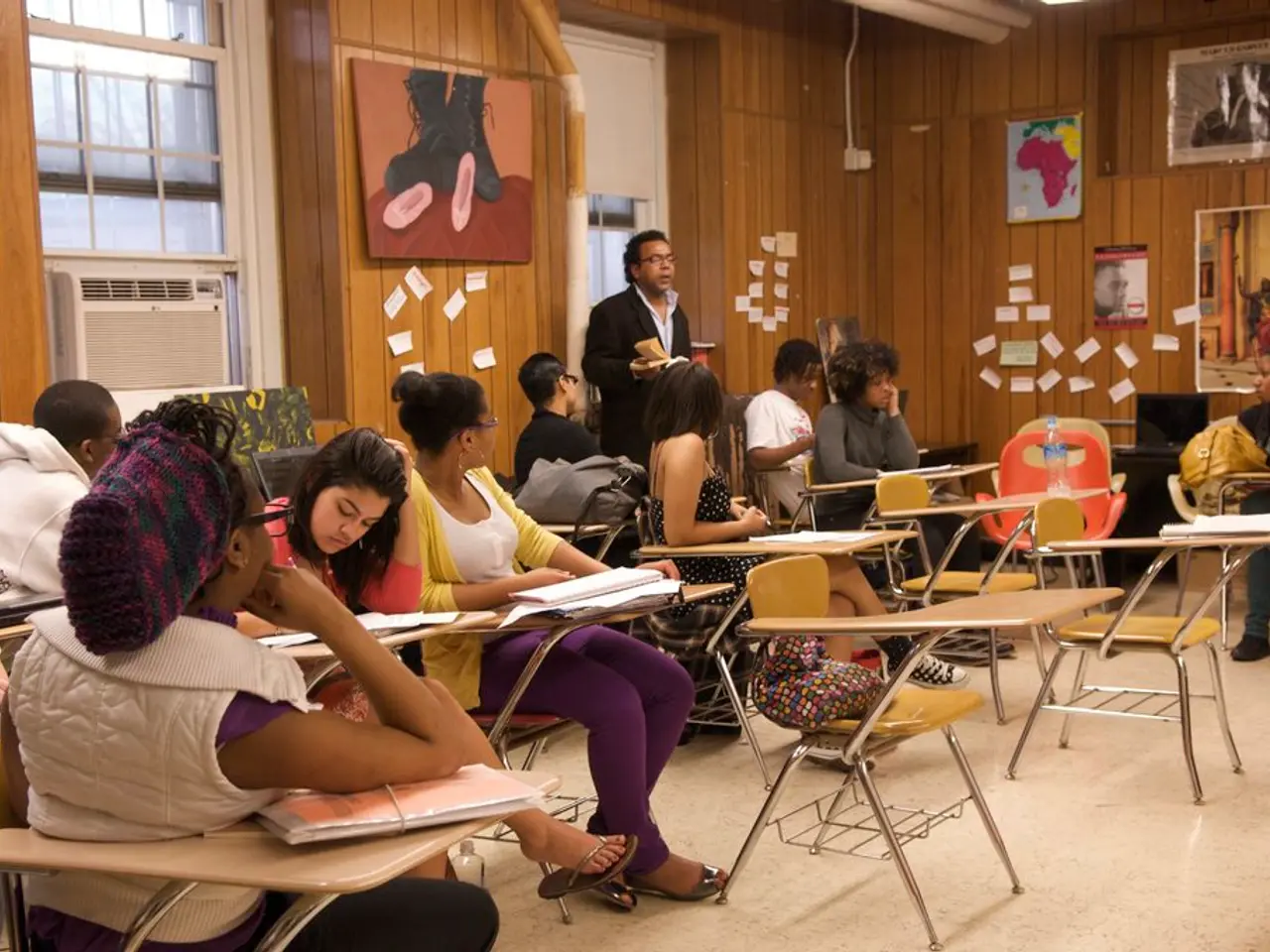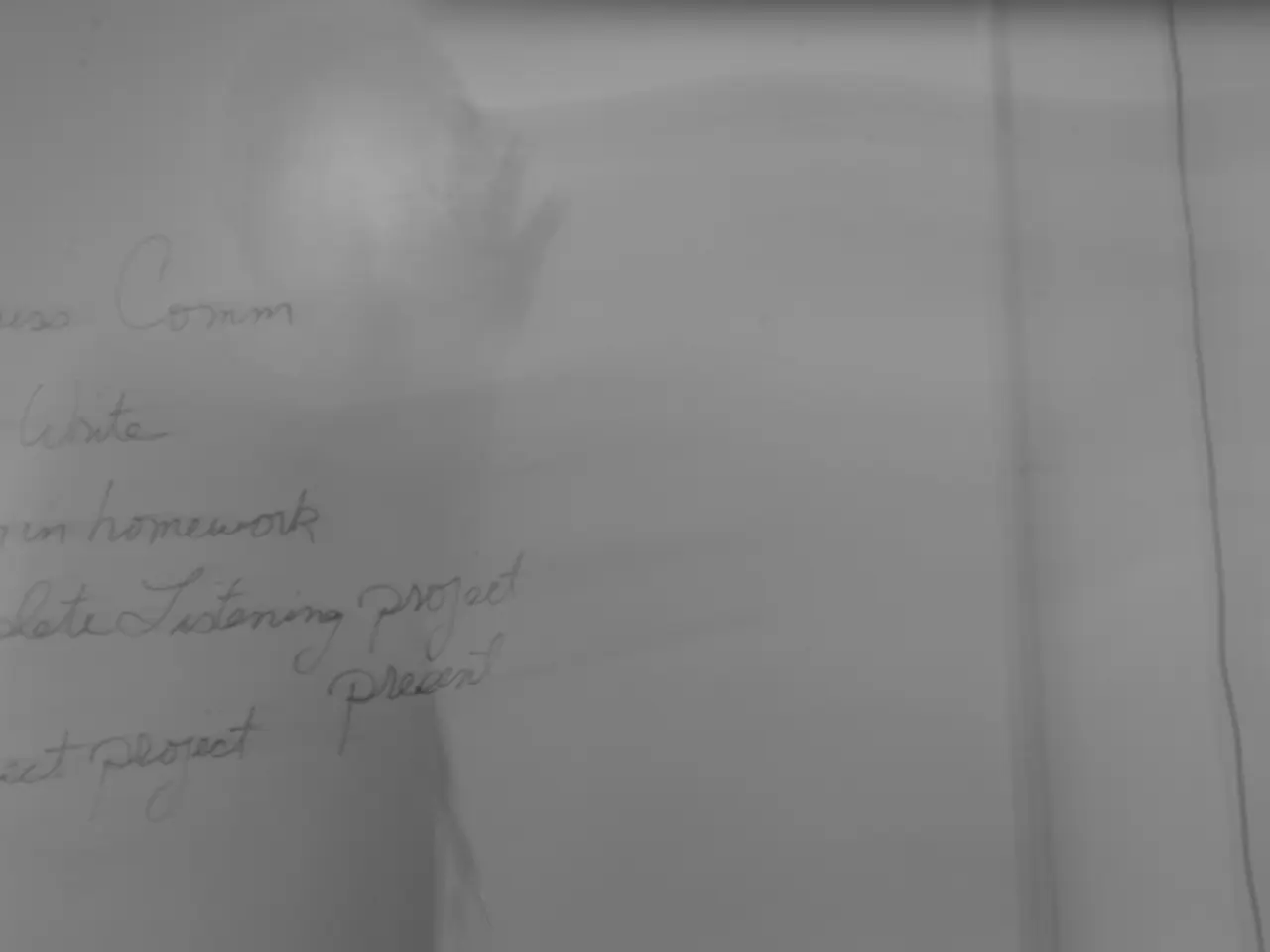Students transformed into inventors through InvenTeams program
Lemelson-MIT InvenTeams Grant Initiative: Inspiring Young Inventors for Two Decades
The Lemelson-MIT InvenTeams Grant Initiative is a program that has been inspiring high school students across the United States for over 20 years. The program provides $7,500 grants to student teams who identify real problems in their communities and develop inventive solutions, supported by mentorship and technical consultation.
A Rich History
The Lemelson-MIT program began in 2004, initially as part of the Lemelson Prize program, which awarded a major inventor prize and grants to teams from MIT. Over the years, it evolved into InvenTeams, focusing on inspiring high school students through a structured invention process that emphasizes community problem-solving and invention development. The program has a track record of encouraging STEM interest among youth and helping shape career paths in science, technology, and engineering.
Making a Difference
InvenTeams have collectively earned 19 U.S. patents for their inventions since the program began. Many teams continue to refine and pursue their innovations even after completing the program. Participants frequently report increased confidence and sustained interest in STEM fields after their involvement, often with life-changing education outcomes.
One such example is a recent team from Calistoga Junior/Senior High School that invented a cooling system for firefighters and agricultural workers in hot conditions, filed a patent, presented at MIT’s Eurekafest, and engaged with state lawmakers.
A Nationwide Effort
The program supports student teams from high schools nationwide. Teams operate as self-directed invention groups, choosing their own project topics based on community needs. The Lemelson-MIT organization provides funding, mentorship, technical expertise, and access to MIT resources.
Although specific individual members are not named publicly, the participants are typically diverse groups of motivated high school students working collaboratively with mentors and experts connected to MIT.
The Future of Invention Education
Recent years have seen the expansion of the Lemelson-MIT program, with the creation of a membership program, called Partners in Invention Education, to help many more schools adopt invention education. This year's teams presented ways to detect contamination in drinking water, help visually impaired people communicate, treat groundwater for use in agriculture, and more.
As a middle school math teacher, Edwin Marrero noticed kids falling out of love with STEM subjects at an early age and believes the Lemelson-MIT's invention education makes these subjects relevant to kids. The program stretches from kindergarten all the way to the first two years of college, providing a comprehensive approach to fostering a new generation of inventors.
In summary, the Lemelson-MIT InvenTeams is a longstanding educational initiative that fosters invention and innovation in high school students, funding them to solve real-world problems with tangible impact, including patenting new technologies and influencing STEM education outcomes. It remains a celebrated program for cultivating young inventors across the United States.
- The Lemelson-MIT InvenTeams Grant Initiative, which has been inspiring high school students for over 20 years, offers $7,500 grants to student teams for inventing solutions to community problems, providing mentorship and technical consultation throughout the process.
- Initially part of the Lemelson Prize program at MIT, the program evolved into InvenTeams and now focuses on inspiring high school students through a structured invention process that emphasizes community problem-solving and invention development.
- Over the years, InvenTeams have earned 19 U.S. patents for their inventions, with many teams continuing to refine and pursue their innovations after completion of the program.
- A prominent example is a team from Calistoga Junior/Senior High School, who invented a cooling system for firefighters and agricultural workers, filed a patent, presented at MIT’s Eurekafest, and engaged with state lawmakers.
- The program supports student teams from high schools nationwide, giving them the freedom to choose their own project topics based on community needs, providing funding, mentorship, technical expertise, and access to MIT resources.
- Although specific individual members are not named publicly, the participants are typically diverse groups of motivated high school students working collaboratively with mentors and experts connected to MIT.
- In recent years, the program has expanded with the creation of a membership program called Partners in Invention Education to help many more schools adopt invention education.
- This year's teams presented various projects like detecting contamination in drinking water, helping visually impaired people communicate, treating groundwater for use in agriculture, and more.
- Middle school math teacher Edwin Marrero believes that the Lemelson-MIT's invention education makes STEM subjects relevant to kids and provides a comprehensive approach to fostering a new generation of inventors, stretching from kindergarten all the way to the first two years of college.
